For the successful implementation of the investment business, it is necessary to clearly understand the climate and condition of the industry at the moment as a whole, as well as to predict these characteristics for the future period. To do this, special variables have been created in the stock market that greatly simplify the lives of modern investors.
The concept and role of the stock index
Stock indices, or as they are also called - stock indices, are a certain indicator that determines the current state of affairs in the securities market. And this means that it directly depends on individual variables indicating the value of the most liquid bonds and shares.
In practice, a certain group of securities, united by any criterion, has a tendency to a constant change in price, which depends on a number of different factors. In order to have a complete picture in understanding these leaps, stock indices were created. Thus, we can easily track how, depending on the influence of various factors, prices for a certain group of certain stocks and bonds change.

“So why do we need the dynamics of this very market?” You ask. The answer is simple - it is jumps in stock variables that, when correctly analyzed, can provide complete and comprehensive information on the current state of the securities market as a whole, on the basis of which both short-term and long-term forecasts can be made, which is important in trading.
A small digression into history
Probably each of us has heard such a thing as The Dow Jones Index but few can imagine that he is already more than 100 years old, and he is the first of its kind and, one might say, a fundamental indicator in the modern stock market.
It all started with the fact that Charles Dow decided to track the trend in stock prices at that time in the top ten largest transport companies in America. As you can see, he combined them by industry. And fortunately, he did it - he was able to identify the general dynamics and the relationship between the variables.
Of course, today's stock indices have slightly different realities, but nevertheless there is something in common with the past - these are the foundations of the old man Dow. The second such indicator appeared only after three decades and received the now popular name - S&P 500.
Varieties of modern indexes
In order to classify the main stock indices, you can go the simple way and divide them depending on the region in which the indicator is most often used. It can be both Russian and Central Asian, both American and Western European. More on this later.
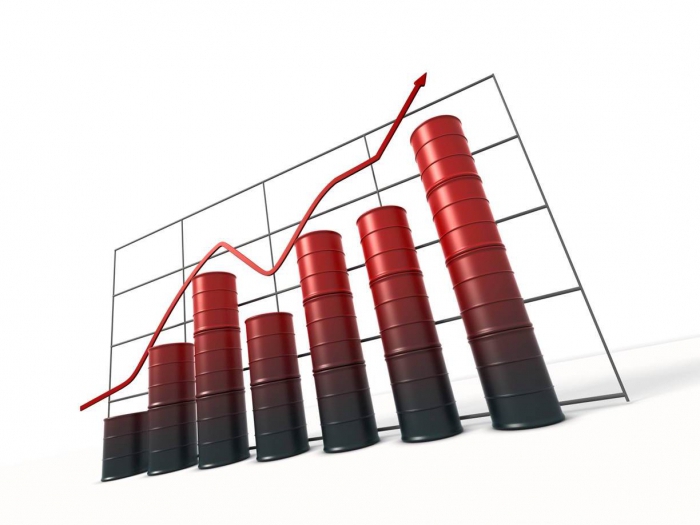
And you can rank the variable by some technical characteristics. So, for example, according to the calculation method, stock indices are divided into the following varieties:
- arithmetic mean;
- arithmetic mean weighted;
- geometric mean.
In addition, the variable can be classified according to the constituent companies that have rights to them:
- agent
- brokerage
- created by the stock market.
Let us now dwell on each of the classifications in more detail.
A bit about Russian indices
Russian stock indexes today are represented by the main six categories that are actively used in the modern stock market. Of course, this number is far from the global scale, but nevertheless, they are more than enough to carry out successful stock trading.
Probably the most popular traders in the post-Soviet space are RTS stock indices. They determine the variation in the value of securities in hard currency equivalent, that is, in dollars. Thus, their value directly depends on the interbank exchange rate, which significantly affects the popularity of this indicator during inflation, when the ruble denomination is rapidly falling.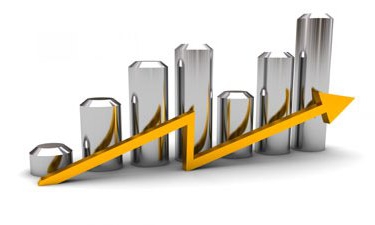
No less stable are the MICEX stock indices. However, unlike the previous ones, they are calculated in national currency and are represented by two varieties:
- net MICEX index - displays the variation in the value of three dozen of the most liquid shares in the domestic market;
- MICEX Index 10 - displays the simple value of the stock price of one of the ten most liquid indicators.
And another three popular variables are the public sector MICEX RGBI, the municipal level index MICEX MBI and the corporate indicator MICEX CBI. Each of them also belongs to the MICEX system.
World stock indices
There are so many stock indexes on an international scale that it will be easier to structure them geographically and to single out the most popular and significant ones.
As for the American market, here, without a doubt, without any competition, the Dow Jones Index occupies the most significant niche. It is an indicator of changes in stock prices of more than five hundred leading US companies and is determined according to the method of weighted value, which we will talk about a little later.
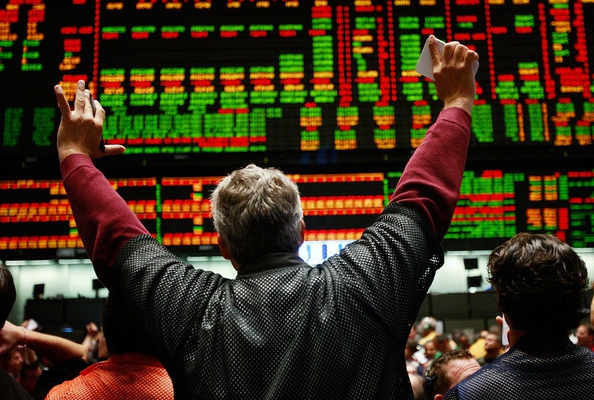
The Western European market is represented by the leading FT-SE index, which includes even a small number of companies - about three dozen, but nevertheless is calculated by a complex geometric method.
And finally, with regard to the Asia-Pacific segment, it is represented by two leading indicators. The first is the Nikkey index, which includes more than two hundred companies, and is only available to users of the Tokyo Exchange. Well, the second - Hong Kong, shows the variation in the cost of securities in the Chinese market and is represented by three dozen companies.
Who produces indexes?
As we mentioned above in the classification of these indicators, there are several manufacturers of stock indexes.
Independent agencies play a significant role. For example, in the USA, Standard & Poor’s, which has won a high degree of trust among traders all over the world, most successfully and without any competition.
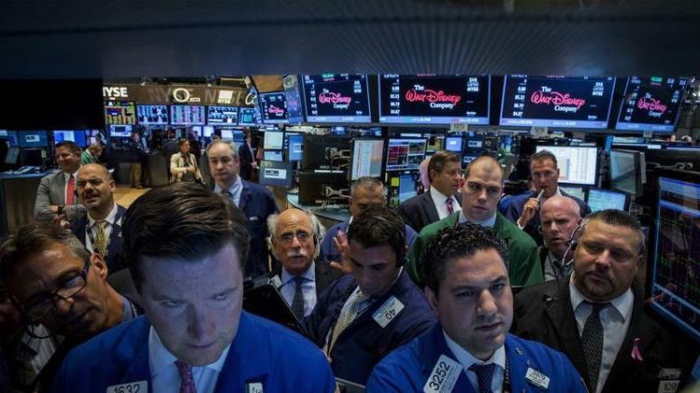
We also talked about stock markets. An example of such a company in the domestic brokers market can be a corporation called Moscow Exchange, which owns the aforementioned RTS and MICEX indices. In the United States, NASDAQ has similar activities.
In addition, the direct brokerage firm can calculate the indices, which is what ITinvest does on the domestic market.
How are stock indices calculated?
Now let's take a closer look at the direct methodology for calculating these indicators.
So, the most popular and often used is the method of calculating the arithmetic mean. It is quite simple to execute - the numerator takes the total price of shares at a particular reporting moment, and the new value of securities is taken as the denominator. However, this method is imperfect - stocks with a lower nominal rate cannot fully affect the more expensive ones, and vice versa.
The next, more accurate method is the calculation of the arithmetic mean weighted. For this, each stock is assigned a coefficient depending on its quantitative share in the stock market, which is multiplied each time by its value, if any.
And the last method is finding the geometric mean value, which directly depends on the direct growth rate or decrease in the value of securities.
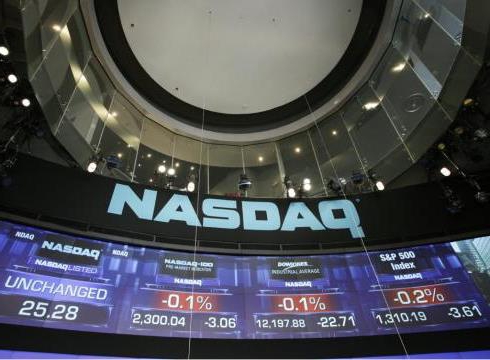
What can be learned using stock indices?
When creating an index, a goal is always pursued, therefore, according to it, only a certain kind is selected and type of stock by any sign. This applies not only to the type of activity of the company holding the securities, but also to the size of its share capital - it should not differ significantly from the others included in this indicator.
Nevertheless, any variation in the quotes of these companies directly indicates changes in the structure and value of the industry market as a whole, so there is no need to include rather small companies in the calculation of the index.

Thus, stock exchange indices are able to show the general picture of the state of affairs in a particular market, which gives the entrepreneur the necessary information in order to decide whether to invest in this niche of the world market or not.
Therefore, each indicator from the good hundreds of indices that are now presented on the world market may be useful - just know what industry it represents and according to the state of affairs of which particular companies it is changing.
How to use stock indices?
So, we understand why quotes of stock indices are needed, and how useful it is to monitor their dynamics, but how to use them correctly to make your business successful? There are several simple rules for this:
- The simplest is the ability to speculate. Judging by the dynamics of changes, you can earn good capital - to buy shares when they fall in price, and sell them when they grow. The main thing is not to miss the right moment.
- Judging by the indices of the immediate mood of investors, if you need their location. It is clear that with the growth of shares and the latter, everything is in order with the investment climate in the country.
Also, using this indicator, you can easily determine which industry is now the most popular - here again everything is directly proportional to the index value.








